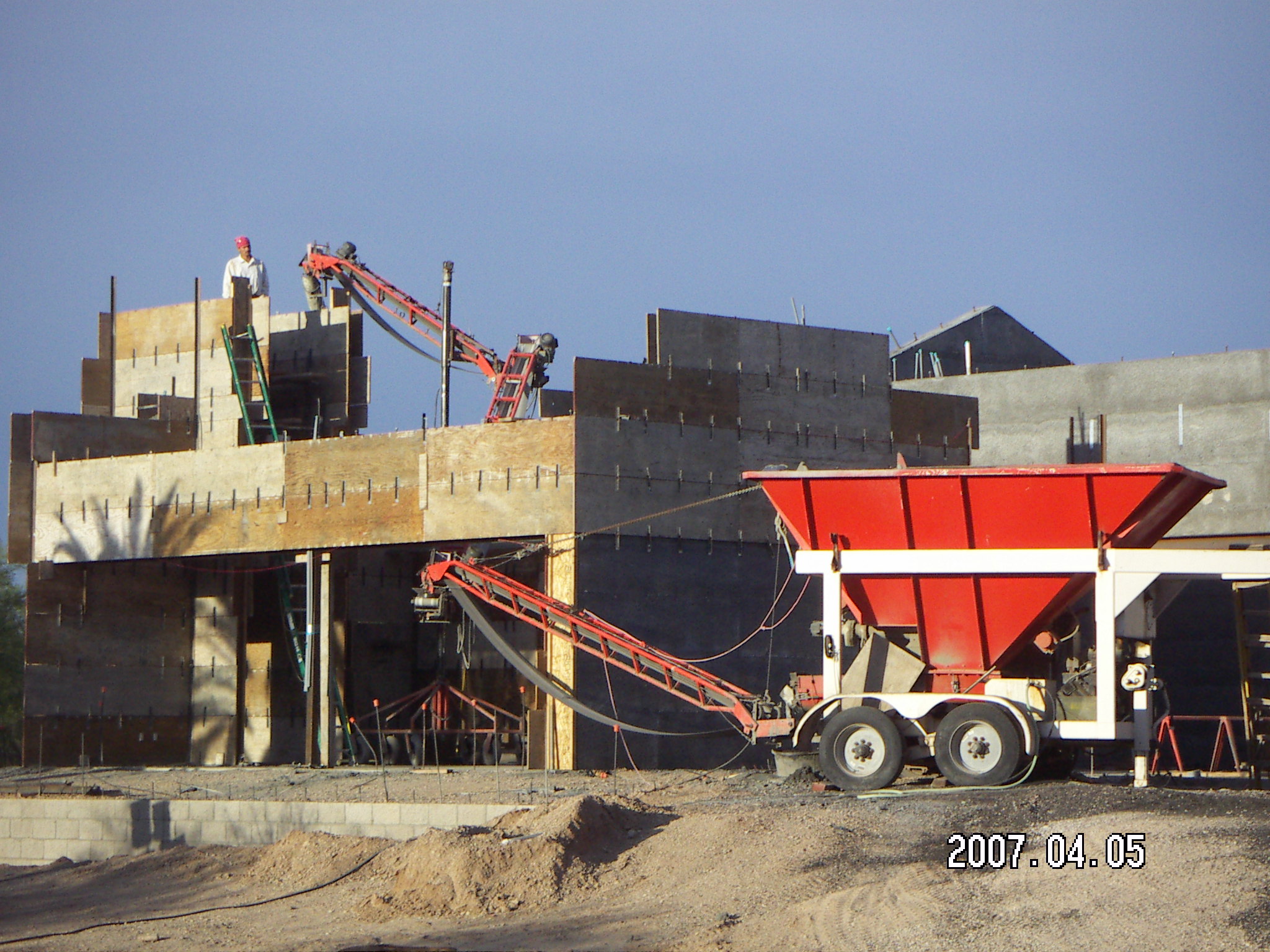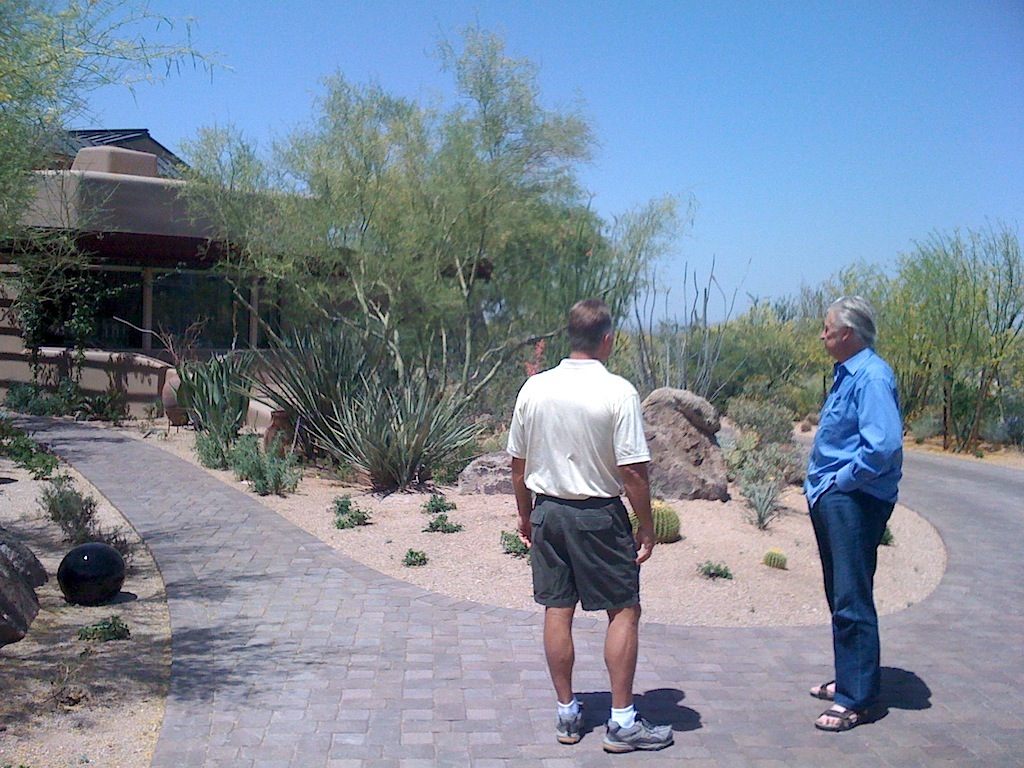Contracted
build projects
using Lava Concrete and/or Lava Works machinery and forming systems

Consulting services
for build projects
using Lava Concrete and/or Lava Works machinery and forming processes

Lava Concrete is a forward-looking and cost-competitive alternative to CMU, masonry, adobe, or rammed earth. It delivers excellent performance for architects, builders, and owners.
- For architects, it offers broad client appeal, authenticity of material, creative potential, broad functional application in structure, aesthetics, and thermal performance, few material limitations, and a strong ecological profile and performance.
- For builders, it offers an inherent simplicity of build, ease across trades, low labor intensity, a small crew learning curve, and safety.
- For owners, it offers intrinsic comfort value (acoustic and thermal), health and safety (fire, outgas, radon), a beautiful raw finish aesthetic, low operational cost (maintenance and energy efficiency), and durable value (remodel-ability, termites, long lifetime).
HOW LAVA CONCRETE STACKS UP
CMU (Concrete Masonry Unit) Lava Concrete outperforms CMU in the majority of metrics: strength, integrity, operating costs, maintenance, creativity, and long-range value. CMU can be competitive against Lava Works structures for structural durability, initial price and multi-project volumes. Lava Concrete is formed as walls at the building site, unlike CMU, which is made at a manufacturing yard, is then moved to the building site, and requires stacking and restacking, along with processes to reassemble the CMU into a full wall structure. Lava Works structures will never develop staggered-cracks as can masonry. Lava Concrete has higher structural integrity and a final aesthetic that is a complete structure devoid of seams and cracks. CMU doesn’t deliver other qualities of Lava Concrete such as insulation.
CONCRETE Concrete’s best residential application is in floors, and Lava Concrete homes generally have concrete floors for durability and finish. However, while concrete delivers high strength, the cost of forming walls becomes prohibitive, given how liquid the material is, requiring complex and costly forming systems. Lava Concrete is a 3-dimensional material, and delivers walls and vertical far more cheaply, with a wide array of architectural features such as insulation, sound absorption, structure, detail, and safety.
RAMMED EARTH Lava Concrete is closer to rammed earth in the building process, except Lava Concrete doesn’t need to be compacted to be stable. Lava Concrete is a form of concrete and simply cures to a much stronger material. Lava Concrete walls are porous which adds better insulation and sound quality than rammed earth. The natural appearance of rammed earth and Lava Concrete are distinct from each other.
FRAME Frame homes are composites of a wide selection of materials from wood, insulation, fasteners, and the like, requiring a large number of elements that are assembled on site, and requiring participation from a number of trades – framing, sheet-rock, post-framing utilities. Many of the materials associated with frame construction are prone to attack as “food” — termites and molds being primary. Lava Concrete walls are better in comparison to today’s exterior frame walls in almost every way except for low budget tract homes built for low initial costs, fast finish speeds, and multi-project volumes. Lava Concrete buildings are built for living quality, long range values, and owner satisfaction. If sustainability and ecology are concerns, frame has difficulty competing with Lava Concrete construction at any cost.
ADOBE When finished, both adobe and Lava Concrete strongly reflect their material aesthetics. While adobe is earthen and soft, Lava Concrete is hard, providing a number of benefits: adobe is a soft masonry unit, much softer than CMUs, resulting in high breakage. Each adobe unit needs to be placed properly, connected to other units with mortar, set lines, and high attention to build-out of the complete wall. Lava Concrete simplifies they build into one simple pour into the form, with no breakage. It has higher strength and durability than adobe with similar insulation qualities. Lava Concrete is more breathable, but provides similar thermal mass.
ICF (Insulating Concrete Form) ICF is a hybrid wall system that assembles quickly into wall forms, however, that advantage is lost when integrating structure, utilities, doors/windows, and the need for a finish. The overall build is much more complex with ICF than Lava Concrete. ICF aesthetics are poor, requiring a plaster as a finishing step, while Lava Concrete can be left with a natural finish. ICF outgasses, a problem which is amplified if it catches fire and emits byproducts of polystyrene foam. In contrast, Lava Concrete is an inflammable earthen material with no toxicity.